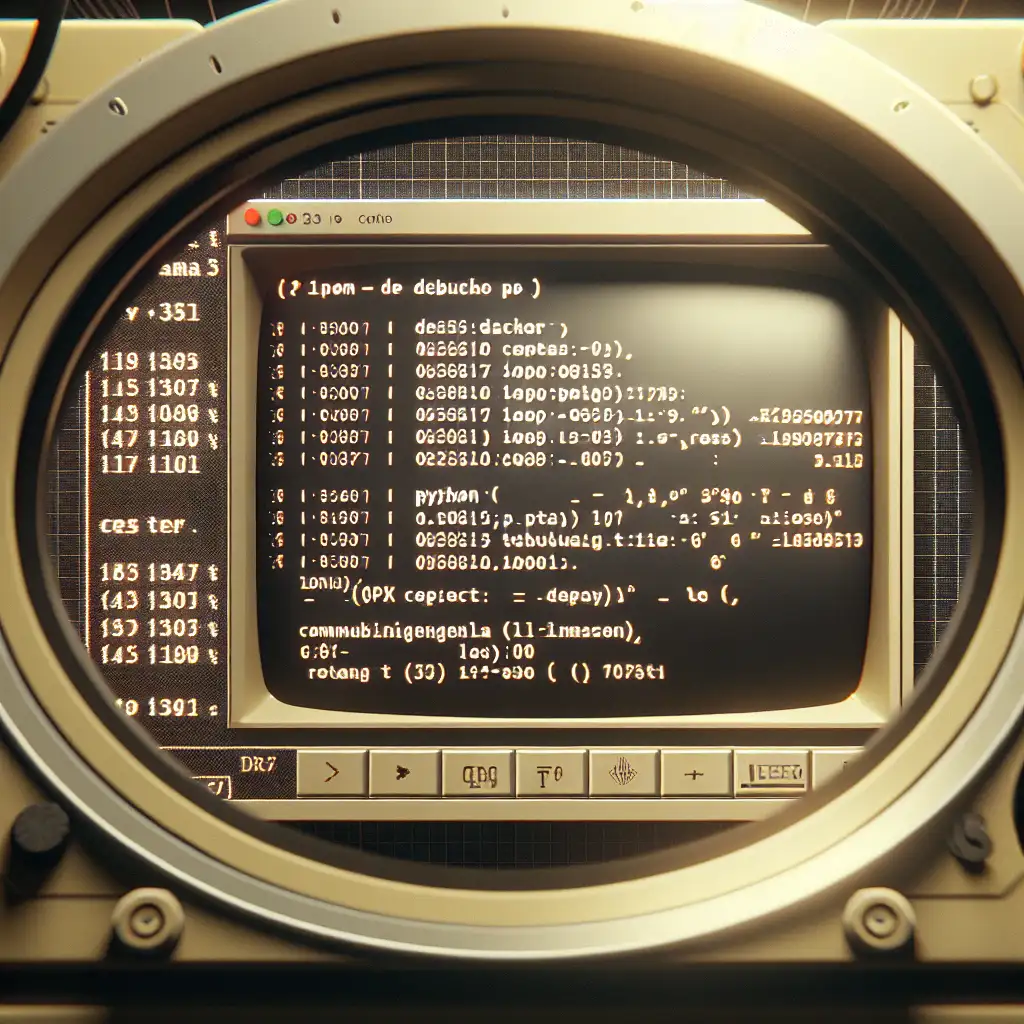Mastering Python Execution in Linux: From Script Setup to Debugging Essentials
Forget simplistic guides that barely scratch the surface. Running Python programs on Linux is often presented as just a matter of typing python script.py in the terminal. But in reality, there’s much more to mastering this skill if you want to develop efficiently and avoid common pitfalls. This post dives deep into practicalities you’ll face every day, guiding you from script setup and execution nuances all the way to essential debugging techniques—so you can save time and frustration.
Why Focus on Python Execution in Linux?
Linux is a top choice for many developers due to its flexibility, powerful tools, and stable environment. Python, being ubiquitous and versatile, pairs excellently with Linux for everything from web development to automation and data science.
But even for experienced devs, running Python programs properly on Linux often means understanding:
- How the shell interacts with your scripts
- Which Python version runs by default
- Script permissions and environment variables
- Using virtual environments
- Effective debugging when things go wrong
Mastering this full workflow prevents unexpected errors, environment conflicts, or wasted time hunting down subtle issues.
Step 1: Preparing Your Python Script for Execution
Before running a Python program on Linux:
a) Create Your Script File
Use your preferred text editor (e.g., vim, nano, or VSCode) and save your script with a .py extension. Example:
#!/usr/bin/env python3
def main():
print("Hello from Linux!")
if __name__ == "__main__":
main()
Why the hashbang (#!) line?
This line tells Linux which interpreter to use when you execute the script directly (e.g., ./hello.py). Using /usr/bin/env python3 is the recommended form because it finds python3 in your current PATH dynamically—making your script more portable across different systems.
b) Set Execute Permissions
Make your script executable by running:
chmod +x hello.py
Now you can run it directly without explicitly typing python3, like so:
./hello.py
Step 2: Choosing the Right Python Interpreter Version
Linux systems often have both Python 2 and Python 3 installed (or other versions). To check which versions are available:
python --version
python3 --version
If python points to Python 2.x but you want to use Python 3, explicitly call python3:
python3 hello.py
To find the path of the interpreter used by default:
which python3
Step 3: Managing Dependencies with Virtual Environments
Running multiple projects with different dependency requirements is easier with virtual environments, so your global packages don’t clash.
Create a virtual environment:
python3 -m venv myenv
Activate it:
-
On Bash/Zsh:
source myenv/bin/activate -
On Fish shell:
source myenv/bin/activate.fish
Now install dependencies in isolation using pip inside this environment.
Deactivate by simply running:
deactivate
Step 4: Running Your Script Efficiently
With everything set up, here are ways you might run scripts efficiently on Linux.
Run directly after setting execute permission:
./hello.py
Run using explicit interpreter call:
This method is useful when hashing out minor issues or multiple versions are present.
python3 hello.py arg1 arg2
Pass command-line arguments as usual; inside your script access these via sys.argv.
Step 5: Debugging Essentials on Linux
Even simple scripts go awry sometimes. Here’s how to troubleshoot effectively:
a) Use Traceback Output Verbosely
When a script crashes, Python’s traceback shows file names, line numbers, and error messages helping pinpoint problems immediately.
Try running scripts from within terminals where output isn’t suppressed—for example via SSH sessions or local terminals.
b) Insert Print Statements or Logging
Strategic print statements can reveal runtime status or variable values quickly during execution.
For production-quality diagnostics use built-in logging module instead of print.
Example snippet inside your code:
import logging
logging.basicConfig(level=logging.DEBUG)
logging.debug("Value of variable x: %s", x)
c) Use Interactive Debugger (pdb)
Run your program inside Python’s debugger by starting it like this:
python3 -m pdb hello.py
Or insert breakpoint dynamically in code (Python ≥ 3.7):
breakpoint()
This allows stepping through lines interactively.
Bonus Tips for Smooth Execution on Linux
-
Line endings: Ensure files have Unix-style (
LF) endings instead of Windows (CRLF) using editors or tools likedos2unix, otherwise scripts may raise syntax errors. -
PATH correctness: Make sure the directory containing your executable scripts is in your shell’s PATH variable for easy invocation.
-
Shebang portability: Avoid hardcoding absolute paths like
#!/usr/bin/pythonunless you are certain about environment consistency. -
Permissions: Check not only execute bits but also read permissions of any files or modules imported by your script.
-
Environment variables: Sometimes external config values needed by your app come from env vars; manage them sensibly using
.envfiles or exporting before running scripts.
Conclusion
Mastering how to run Python programs smoothly on Linux goes beyond just calling an interpreter—it involves preparing scripts properly with shebangs and permissions, managing environments via virtualenvs, understanding interpreter versions installed on your machine, and effectively debugging issues when they arise.
Grasping these concepts will reduce development frustration dramatically and lead to cleaner workflows that scale well across projects and team setups.
Ready to put these tips into action? Open up your favorite terminal emulator on Linux right now — create a new .py file, set executable permissions, activate a virtual environment if needed, then run and debug your code confidently!
Happy coding on Linux! 🐍🐧
